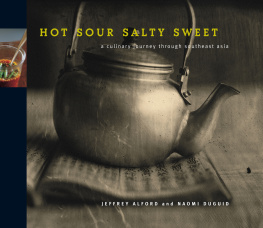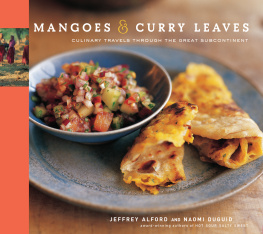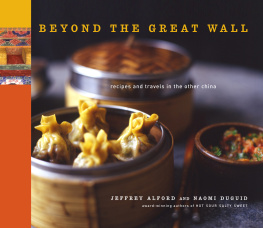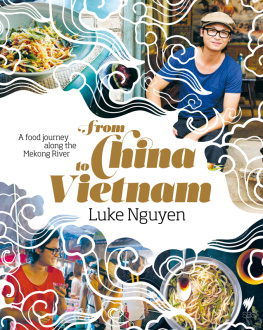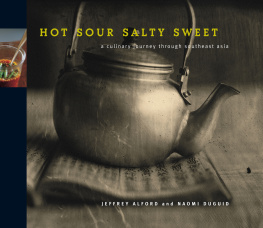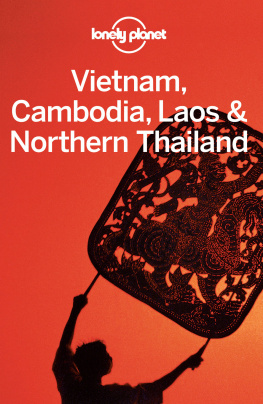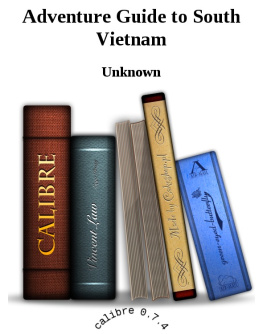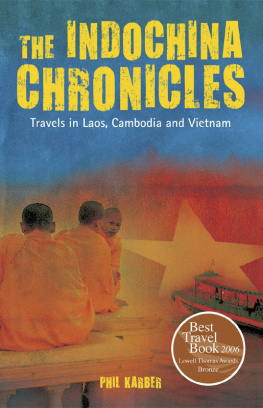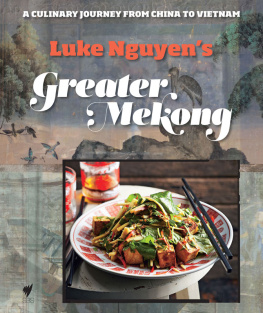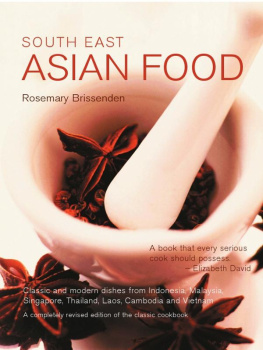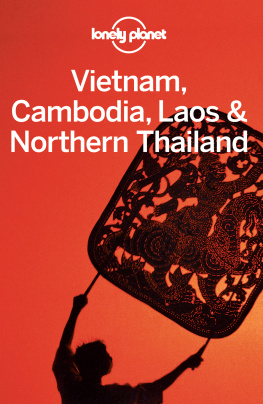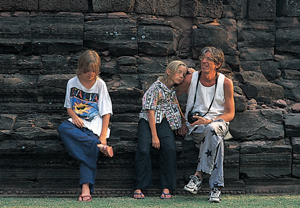Jeffrey Alford - Hot Sour Salty Sweet: A Culinary Journey Through Southeast Asia
Here you can read online Jeffrey Alford - Hot Sour Salty Sweet: A Culinary Journey Through Southeast Asia full text of the book (entire story) in english for free. Download pdf and epub, get meaning, cover and reviews about this ebook. year: 2000, publisher: Artisan, genre: Home and family. Description of the work, (preface) as well as reviews are available. Best literature library LitArk.com created for fans of good reading and offers a wide selection of genres:
Romance novel
Science fiction
Adventure
Detective
Science
History
Home and family
Prose
Art
Politics
Computer
Non-fiction
Religion
Business
Children
Humor
Choose a favorite category and find really read worthwhile books. Enjoy immersion in the world of imagination, feel the emotions of the characters or learn something new for yourself, make an fascinating discovery.
- Book:Hot Sour Salty Sweet: A Culinary Journey Through Southeast Asia
- Author:
- Publisher:Artisan
- Genre:
- Year:2000
- Rating:3 / 5
- Favourites:Add to favourites
- Your mark:
Hot Sour Salty Sweet: A Culinary Journey Through Southeast Asia: summary, description and annotation
We offer to read an annotation, description, summary or preface (depends on what the author of the book "Hot Sour Salty Sweet: A Culinary Journey Through Southeast Asia" wrote himself). If you haven't found the necessary information about the book — write in the comments, we will try to find it.
Award-winning authors Jeffrey Alford and Naomi Duguid followed the river south, as it flows through the mountain gorges of southern China, to Burma and into Laos and Thailand. For a while the right bank of the river is in Thailand, but then it becomes solely Lao on its way to Cambodia. Only after three thousand miles does it finally enter Vietnam and then the South China Sea.
It was during their travels that Alford and Duguidwho ate traditional foods in villages and small towns and learned techniques and ingredients from cooks and market vendorscame to realize that the local cuisines, like those of the Mediterranean, share a distinctive culinary approach: Each cuisine balances, with grace and style, the regional flavor quartet of hot, sour, salty, and sweet. This book, aptly titled, is the result of their journeys.
Like Alford and Duguids two previous works, Flatbreads and Flavors (a certifiable publishing event Vogue) and Seductions of Rice (simply stunningThe New York Times), this book is a glorious combination of travel and taste, presenting enticing recipes in an odyssey rich in travel anecdote (National Geographic Traveler).
The books more than 175 recipes for spicy salsas, welcoming soups, grilled meat salads, and exotic desserts are accompanied by evocative stories about places and people. The recipes and stories are gorgeously illustrated throughout with more than 150 full-color food and travel photographs.
In each chapter, from Salsas to Street Foods, Noodles to Desserts, dishes from different cuisines within the region appear side by side: A hearty Lao chicken soup is next to a Vietnamese ginger-chicken soup; a Thai vegetable stir-fry comes after spicy stir-fried potatoes from southwest China.
The book invites a flexible approach to cooking and eating, for dishes from different places can be happily served and eaten together: Thai Grilled Chicken with Hot and Sweet Dipping Sauce pairs beautifully with Vietnamese Green Papaya Salad and Lao sticky rice.
North Americans have come to love Southeast Asian food for its bright, fresh flavors. But beyond the dishes themselves, one of the most attractive aspects of Southeast Asian food is the life that surrounds it. In Southeast Asia, people eat for joy. The palate is wildly eclectic, proudly unrestrained. In Hot, Sour, Salty, Sweet, at last this great culinary region is celebrated with all the passion, color, and life that it deserves.
Jeffrey Alford: author's other books
Who wrote Hot Sour Salty Sweet: A Culinary Journey Through Southeast Asia? Find out the surname, the name of the author of the book and a list of all author's works by series.

